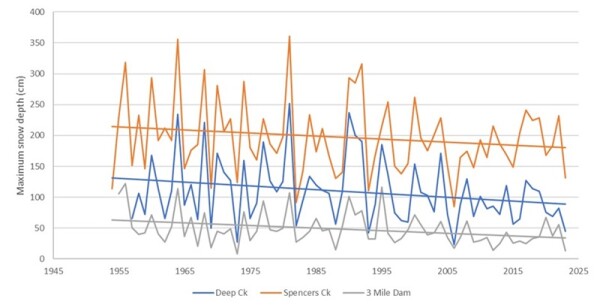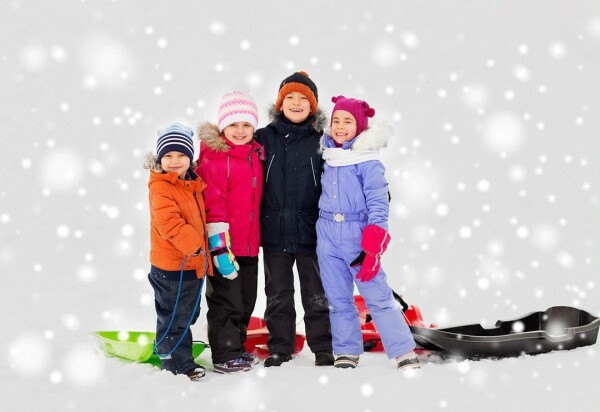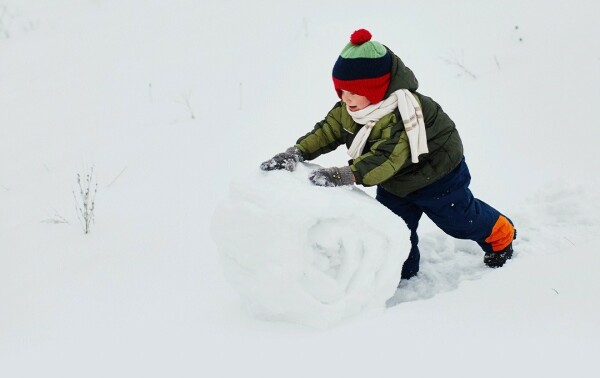“One man practicing sportsmanship is far better than 50 preaching it.”
Knute Rockne, Norwegian-American footballer and coach
Many Aussies love the idea of hitting the slopes but for a lot of them, it remains just a dream.
For a huge slice of the population, especially those in Queensland and Sydney, snow is simply out of reach.
A trip from Sydney to the Snowy Mountains in southern NSW is roughly a 6-hours’ drive (495km) on a good run.
Once there, the costs pile up: lift tickets ($249 in 2023 for a single adult), accommodation, gear rental and travel, as ABC reported last year.
It costs thousands of dollars.
Add to this limited ski-class spots, the uncertainty of seasonal snow (thankfully, 2025 was a great start to the snow year – fingers crossed it will continue) and the huge upfront expense for just a few days on snow.
A ski holiday in Australia’s outdoor snowfields is for the affluent few.
In 2014, Australia’s top ski resort, Thredbo, released The National Winter Report, which reported that 75 per cent of Aussies like winter – but 20 per cent had never seen or experienced snow.
Further, 49 per cent of young adults aged 18-24 had never had a snowball fight and 60 per cent had never made a snowman.
The report also found that 60 per cent of Australians had never skied or snowboarded and 47 per cent had never had a snow holiday.
Yet . . . 74 per cent were very keen to and 59 per cent preferred holidaying in Australia rather than overseas.
I’ve mentioned before that Winter Sports World will democratise snow; that it will provide a level playing field for everyone.
How will we do that? What does that mean?
Breaking down barriers

Annual maximum snow depth at Spencers Creek (1840 m elevation), Deep Creek (1620 m) and 3-Mile Dam (1460 m) in the Snowy Mountains. Data sourced from Snowy Hydro. Graph: CSIRO
Australia’s first indoor snow resort is on track to open in 2028 at Penrith in Western Sydney, just 15km from the new Western Sydney International (WSI) Airport.
It will deliver a year-round snow experience to all: perfect real (chemical-free) snow, perfect snow conditions and perfect -4 degree C weather 365 days a year.
Winter Sports World will have a range of snow experiences to cater to every ability and fitness level, from dining venues with snow views and 3200m2 snow play area with zip lines, overhead walkways and zorb balls to a beginner slope and 300m advanced ski and snowboard run built to Olympic standard.
Ski schools and lessons will operate year-round.
While we will have a 200-room hotel for multi-day visitors, Winter Sports World will be a comfortable daytrip for Sydneysiders.
In practice, someone who’s never skied can arrive mid-morning, rent gear, take a lesson on the gentle slopes and be back home in Sydney for dinner – all for a fraction of a typical outdoor snowfield trip cost.
Critically, our “snow box” building means snow is guaranteed, removing the risk of weather no-shows.
While this year’s natural snow dumping has been significant, Australia’s snow cover has consistently been shrinking over the past 70 years due to climate change. A CSIRO report last year predicted a worsening situation, with further increases in temperature and decreases in rainfall in alpine areas.
That means further reductions in snowfall, snow cover and snow depths, the report states.
“Natural variability will provide yearly fluctuations, so there will still be variable snow seasons. But long-term projections show more bad snow seasons than good ones.”
From 2011-30, maximum snow depths in mainland Australia are projected to decline by 15-80 per cent at sites below 1600m elevation and 5-50 per cent at sites above 1600m, the CSIRO report states.
By 2050, in Victoria, maximum snow depths at Falls Creek and Mount Hotham may decline 30-70 per cent for a low emissions scenario and 45-90 per cent for a high emissions scenario relative to 20 years centred on 1990, according to the report.
By 2050, the average snow season becomes 20-55 days shorter for the low scenario and 30-80 days shorter for the high scenario.
Affordable, accessible, assured

Winter Sports World will be accessible and affordable to school and community groups
All these advantages translate into accessibility and affordability.
Our 200-room hotel will be filled with international and interstate visitors.
But snow and winter sports will also finally be within reach of middle-income families, young people and seniors at Winter Sports World.
A first snow day at here will cost a fraction of a trip to the alps.
And because there’s no waiting on Mother Nature, parents can plan indoor snow days even on short notice and blue-sky summer days.
Western Sydney kids – or families from Queensland who never fly south, will be able to ski and make snow angels without grand-organising or big budget that’s usually required.
For the first time, retirees will be able to spend a morning skiing or snowshoeing without a long cold trip.
School groups, recreational clubs and community groups can schedule snowy outings year-round, supporting education and wellbeing.
Winter Sports World even incorporates “all-abilities” design, ensuring people with disabilities can access the slopes.
Meeting growing demand

Winter Sports World will remove the obstacles of distance, price and climate
Interest in snow tourism has been rising steadily, and Winter Sports World has conservatively estimated to attract more than 1.3 million a year, on par with Sydney’s biggest tourist sites (Taronga Zoo has 1.5 million visitors a year and Scenic World about 1 million).
This surge will double Penrith’s visitor count, create about 1,350 ongoing jobs and inject about $2.5 billion into the local economy over the first decade.
In other words, making snow local won’t just be socially inclusive: it will be an economic catalyst for Western Sydney, NSW and Australia.
Winter Sports World isn’t just a novelty.
It’s a statement about who gets to enjoy our environment and leisure in Australia’s future – everyone.
By removing the obstacles of distance, price and climate, we’re democratising the snow.
Doing so creates opportunity for new ski clubs, more homegrown winter athletes and families with memories of sledding and ski lessons that previously belonged only to the wealthy.
The young boy from the suburbs who has never seen a snowflake and the Queenslander who dreamed of making a snowman will no longer be left out.
Winter Sports World is making “bucket list” plans annual traditions and winter sports accessible to kids living in one of the hottest parts of the globe.